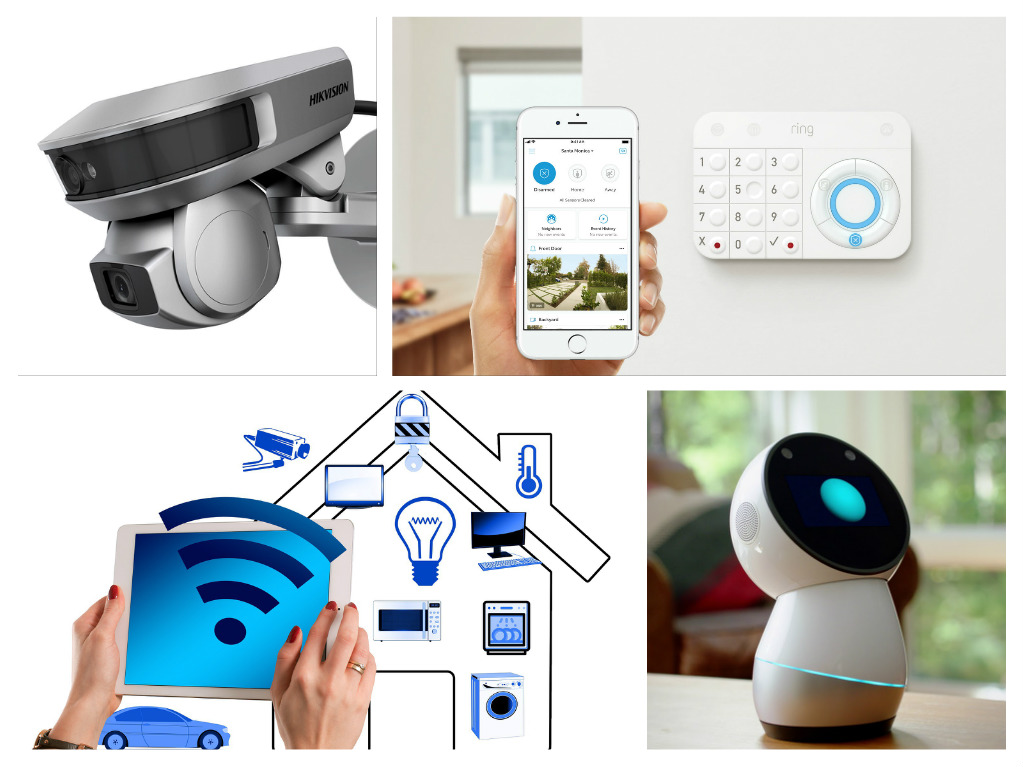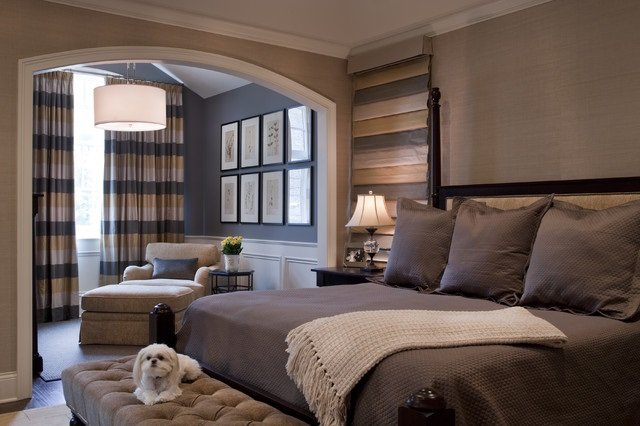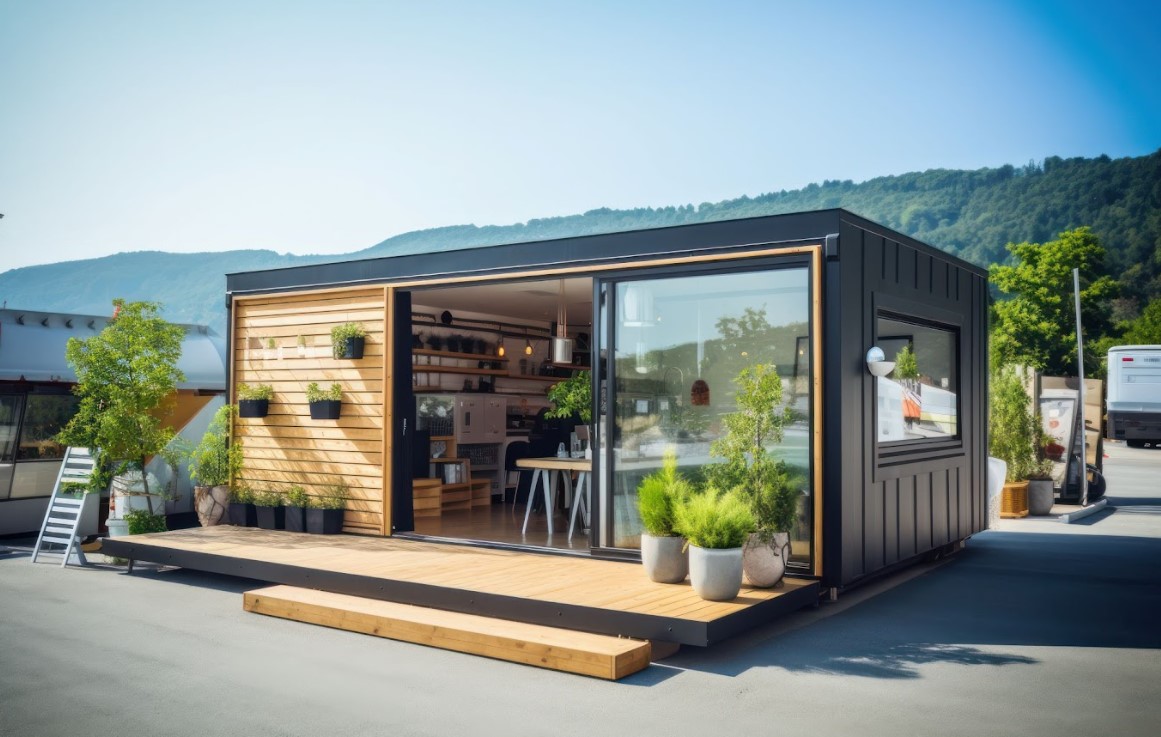The best thing about technology is that it has made our lives very easy. The kind of convenience that technology has bestowed upon us is something that we couldn’t even imagine a decade ago. One of the latest addition to the comforts that technology has graced us with is smart home technology that enables us to control our home’s thermostat, lights and security systems via a smartphone.
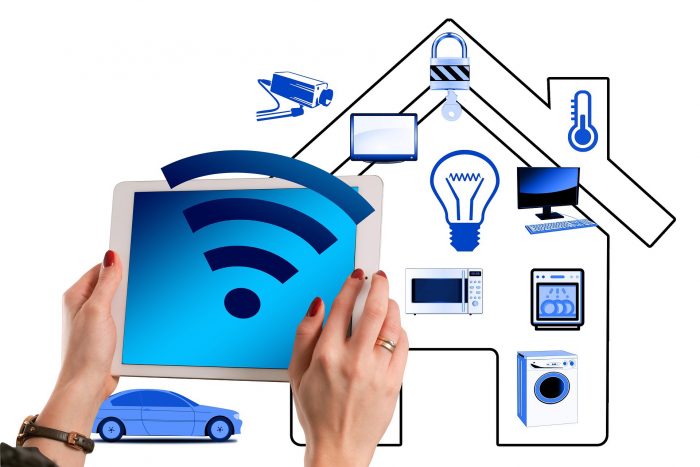
At the pace by which technology is evolving, it is just a matter of time that all kinds of technology including that of Smart Home will come up with unimaginable surprises. Luxhabitat brings us their prediction on how smart homes will be in the future.
Highly improved connectivity
The year 2018 has already witnessed connected toilets, microwaves and cars. According to a declaration by the electronics giant Samsung a few years ago, all of their products will be intelligent and IoT (Internet of Things) ready by the year 2020. Other big names such as LG and Sony are also expected to follow the trend.
According to predictions by Gartner, by the time we touch 2020, we will come across 20.4 billion connected things worldwide, among which 12.8 billion will be a part of the smart home technology.
Besides Wi-Fi connections, Juniper Research states that 1 in 10 homes will feature something as smart as a ‘housekeeping robot’ which was just 1 in 25 until 2017. Housekeeping robots like Jibo (pictured below) helps you with services, tailored to your needs like delivering you forecast, calendar update and news headlines. Other such robots include LG’s CLOi robot that can even get you a drink and help you with your shopping.
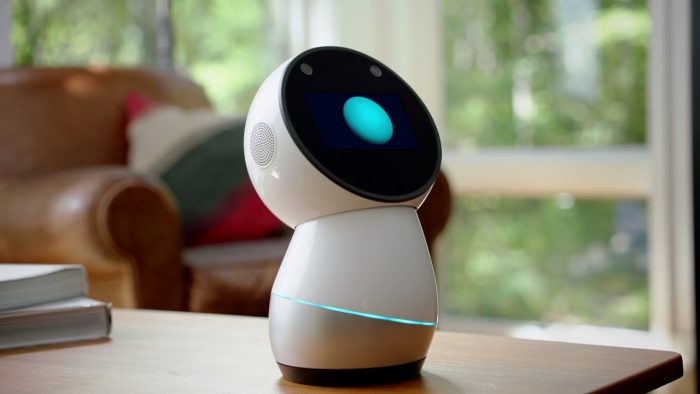
Security cameras featuring Artificial Intelligence
We are already accustomed to security cameras that help us monitor our homes from a distant place. But the future has on hold something that is much bigger as we will get to witness Artificial Intelligence (AI) playing a greater role than that of now, which will take the human aspect of remote monitoring to a whole new level.
AI will help in the detection of threat and will be able to raise an alert if something goes wrong or some sort of threat arises. Besides alerting threats, cameras with AI capabilities (pictured below) will be able to detect faces of family members, pets and regular visitors, and it will not raise an alert if a known person is visiting. Such cameras will also be capable of detecting and alerting if a window is opened or broken. Some other cameras feature sirens which help in raising a loud alert with neighbours and alike in case of any intrusions.
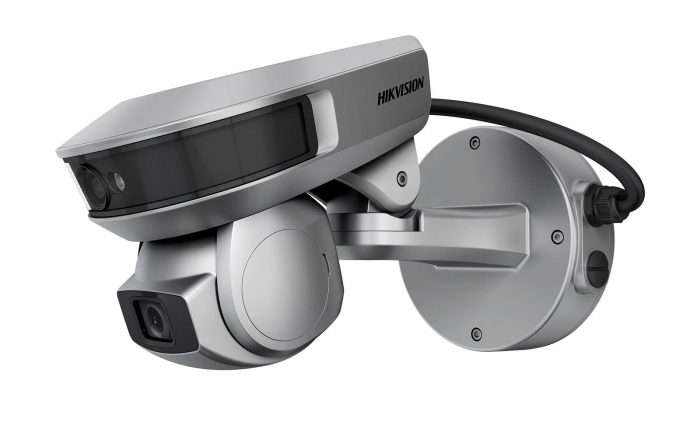
Sharing data of homeowners
According to predictions by experts, smart home technology will involve the least human effort. The technology will do a lot of household chores that we have to take care of manually on today’s date. Imagine someone switching on the air-conditioner of your home before you arrive. You wouldn’t mind paying for services like this!
The mind-blowing features that smart home technology will offer will need the homeowners to share their data with companies that develop the smart products. This feature will enable your fridge to order food that you need when it gets over. It will also help in setting up the lights of your home before you arrive as well as switching on the air-conditioner according to your preferred temperature.
